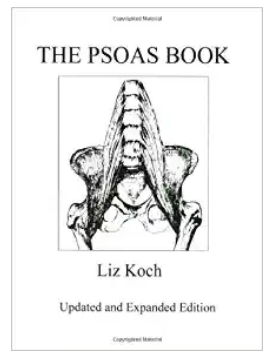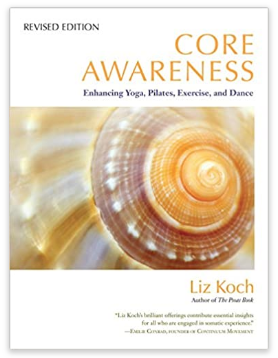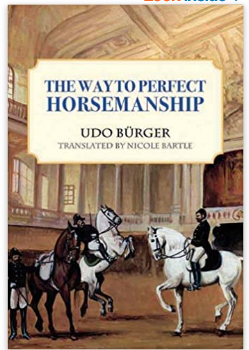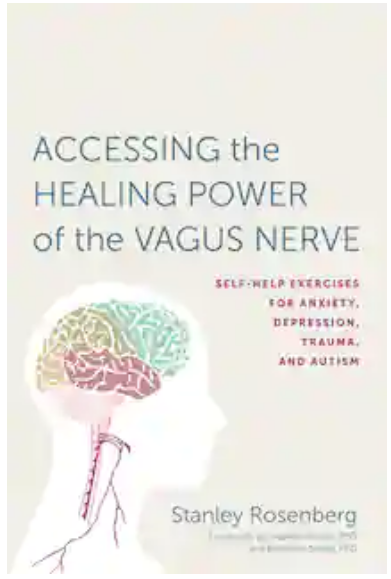The psoas is the 'filet mignon', and is not something we can control voluntarily. It tells our brain how our body is placed in space, and so is affected by our posture. It curls us into the fetal position when we feel threatened, and is part of the seam between the core and legs. Ride with your jaw centred over your pelvis, and your hipbones shining up over your horse's ears, and your psoas can help relay valuable movement information to your brain.
Mammalian physiology is such that our nervous systems have more in common with eachother than differences, so it wasn't really surprising to see Youtube suggest Horsemanship Trainer Warwick Schiller's interpretation of how this information relates to horses:
I applied the knowledge first-hand while working with a young, reactive mare for her owner. We seemed to start every session with her in a very reactive 'fight or flight' mindset, and I needed to establish natural movement in relaxation while setting boundaries. By staying present in the moment, aware of my own state of mind, and showing the horse that I was calm and confident and sensitive to her needs, we slowly made progress of longer and longer periods being engaged with eachother.




 RSS Feed
RSS Feed